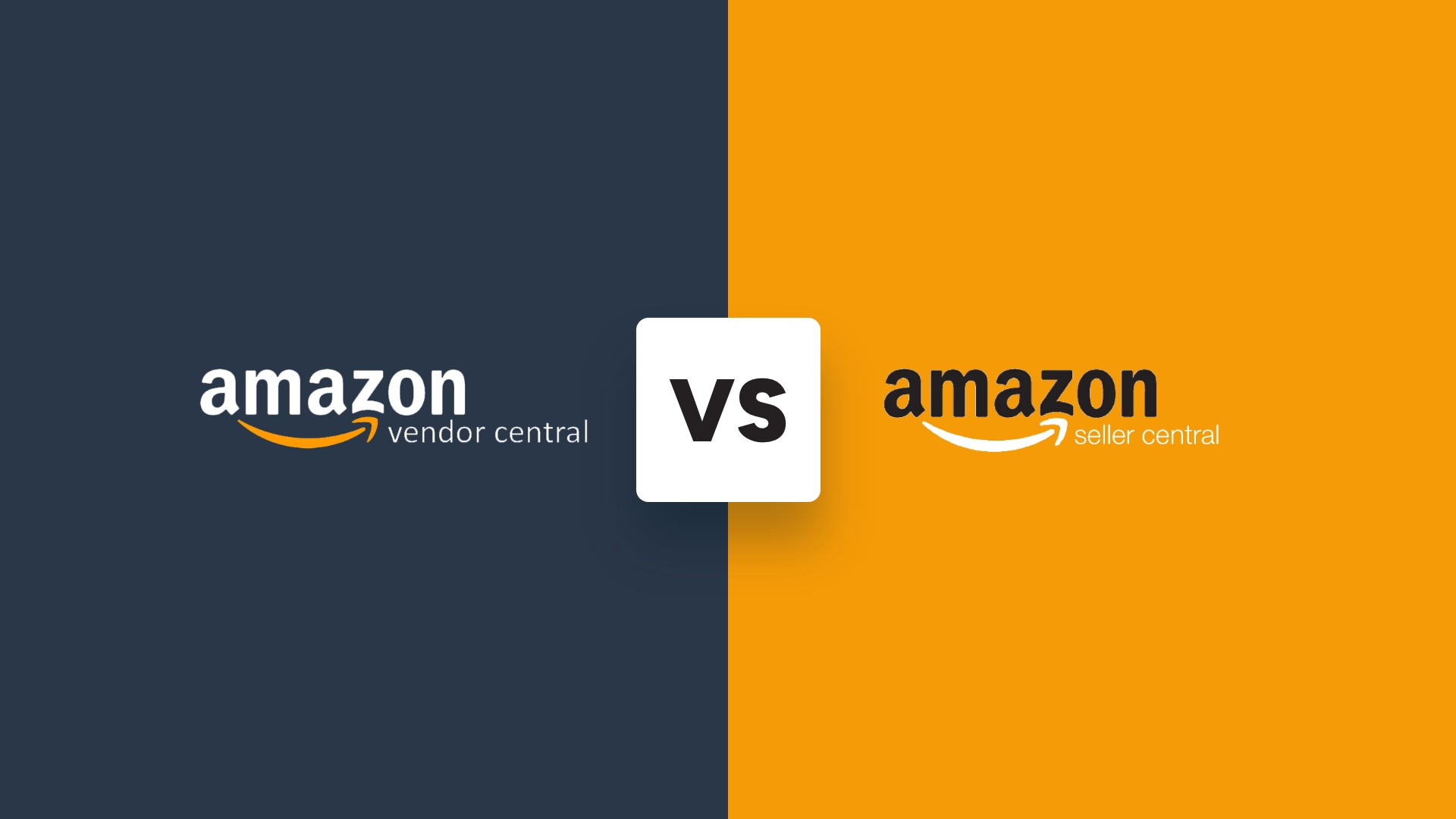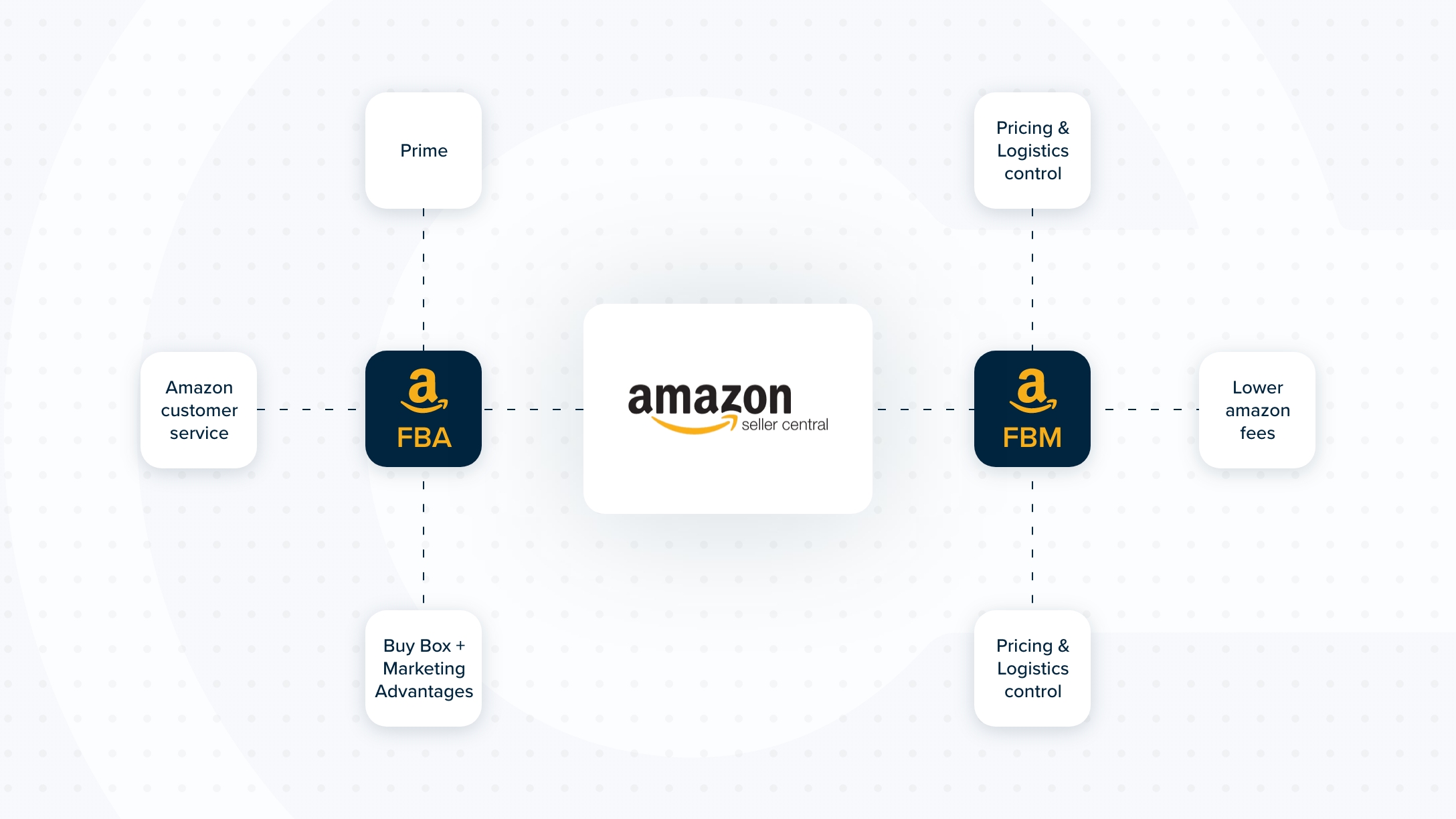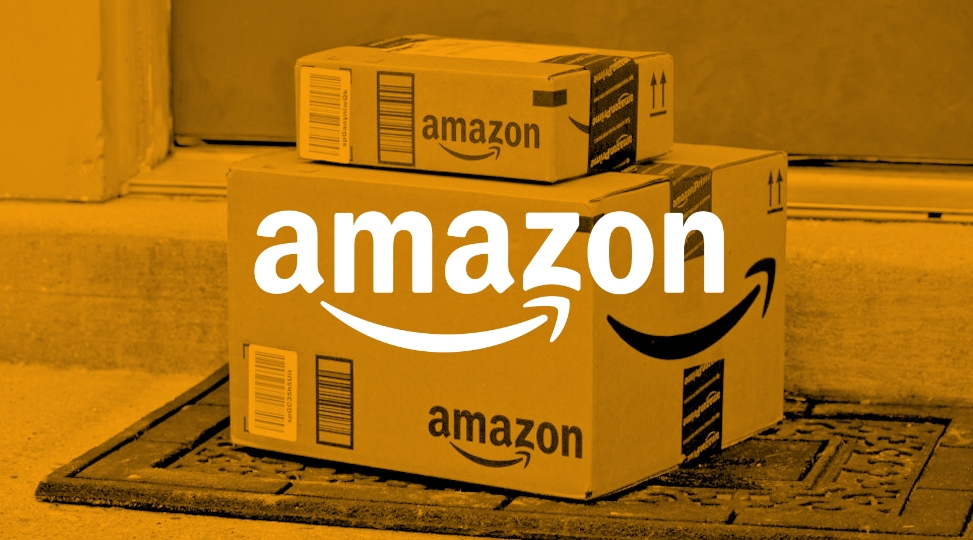
November 7, 2023
In Blogs

In today’s digital landscape, Amazon has become a dominant force in the retail industry, providing unparalleled reach and convenience for both consumers and businesses. Pre-pandemic, Health & Wellness brands could achieve sizeable success without it. Now, the game has changed. Following the global decline in public trust towards healthcare authorities, twinned with the boom of self-care products and over-the-counter (OTC) solutions, consumers are turning to the Internet before their doctors — and they’re turning to Amazon to start their search.
With Amazon influencing 38% of online and offline OTC shoppers’ decisions and prompting 66% of those to discover a new product or brand*, so too does it hold the fate of your business.
It all starts with the critical choice: Should you set up an Amazon Vendor or an Amazon Seller account, or is a hybrid model, a blend of both, the right decision for your products?
By the time you have finished reading, you will have a strong understanding of the differences between Amazon Seller — both Fulfilled By Amazon (FBA) and Fulfilled By Merchant (FBM) — and Amazon Vendor, what they mean for consumer healthcare brands, and which one is best for you.
“Amazon influences 38% of online and offline shoppers’ decisions.”Before diving into the decision-making process, let’s differentiate between the two options:
| Amazon Vendor | Amazon Seller |
|---|---|
| You sell your products directly to Amazon. | You list your products on Amazon’s marketplace and sell directly to consumers. |
| Amazon acts as the retailer and sells to your consumers. | You retain control over pricing, inventory management, and customer service. |
| Amazon sets the price, manages inventory, and handles customer service. |

If you decide to go down the Seller route, there are two ways to get products delivered to your customers: Fulfilled by Amazon (FBA) and Fulfilled by Merchant (FBM). Both options have a selling fee of 8.16% of the retail price for products under £8.99 and 15.3% for products over that price point. But they differ on the level of autonomy and responsibility you have over the storage, shipment, and customer service.
Fulfilled by Amazon, the sophisticated Amazon fulfilment network, involves you sending your stock to Amazon supply hubs, and Amazon sending the products on to your customers. With this approach, shoppers can benefit from Amazon incentives, like “Subscribe & Save” and Prime Free Delivery (for products over £10) and therefore, may feel more incentivised to buy your brand over FBM brands.
Amazon will also manage customer inquiries and any delivery issues that may occur, but keep in mind that you will have to shoulder any stock loss charges. You will also need to pay the fulfilment and storage costs, which depend on your products’ weight, dimensions, and price.
The other method, Fulfilled by Merchant, is to send your customers the product without any help from Amazon. This is where a drop-shipper that specialises in delivering to customers’ doors can prove useful. Of course, you will need to organise and pay for this service, but you will skip the Amazon fulfilment and storage fees. You will need to manage customer inquiries and any lost items or delivery issues that may occur, and your customers won’t benefit from free delivery unless you arrange this yourself.
Make sure to stay up to date on what is – and what is not – required to sell OTC medicines and Medical Devices through the Amazon fulfilment centres. With the vendor model, Amazon is taking title to your products, so good distribution practices, policed by the Medicines and Healthcare products Regulatory Agency (MHRA), clearly fall under Amazon’s responsibilities. For the FBM model, batch and temperature control responsibilities are handled by the manufacturer and can therefore be administered. Consider whether this also applies to the FBA model.
At Ceuta, we offer all our clients access to our MHRA-approved storage and distribution services, whether you’re selling your products on Amazon or shipping them to wholesalers and pharmacies. We can also advise on how to list, price, and market your brand to get the most return, including key seller and shopper trends, promotions, and buyer activity that can influence your business.
“At Ceuta, we offer all our clients access to our MHRA-approved storage and distribution services.”Assess how much control and flexibility you want over your products’ pricing, promotions, inventory, and customer experience. If you prefer to maintain autonomy and make decisions that directly impact your brand, becoming an Amazon Seller could be the better choice.

Assess how important it is for your consumer healthcare product to have a strong brand presence on Amazon. Amazon Seller allows for more direct control over branding and messaging, enabling you to easily ensure consistency with your other sales and marketing channels. But becoming an Amazon Vendor unlocks other branding and marketing advantages, such as tailored content and sponsored product ads — bearing in mind that information and ads on Amazon account for 93% of their OTC visitors’ purchase decisions, this could be a big pull for you.**
Evaluate the financial implications of each option. Amazon Seller has a commission-based fee structure, which may be more suitable for smaller healthcare businesses, but if you’re planning to make lots of sales very quickly, the commission may stack up and work against you.
As an Amazon Vendor, you enjoy enhanced marketing opportunities, but these come with additional fees, such as slotting allowances, campaign execution on (Amazon Marketing Services (AMS) and Amazon Media Group (AMG), Amazon internal support, and more.
Consider the importance of gaining detailed customer insights and analytics. As an Amazon Seller, you can link up your existing analytics platform, but a Vendor account unlocks such a depth of consumer data from the Amazon platform that it can be invaluable to your marketing strategy and brand development.
How much time can you invest? Amazon Vendor involves a more complex onboarding process, so if you want to get started quickly, Amazon Seller could be the option for you.

If your consumer healthcare brand has a large variety of products, you have the option to use a blend of Amazon Vendor and Seller. Different businesses apply their hybrid model in different ways, picking and choosing when they use it and for which products.
For example, you can use a Vendor account to take advantage of the marketing gains and customer service but manage the logistics with your Amazon Seller FBM account. This is especially useful for licensed products. You may also use Seller to launch certain products while selling the rest as a Vendor, so you can price the new products yourself.
Other brands use a hybrid approach to ensure stock availability: if Amazon runs out of a certain product listed with Amazon Vendor, they “move up” with their Seller account to keep sales going rather than losing out to competitors.
There is no one-size-fits-all approach, and the optimal choice will depend on your specific circumstances and objectives.
It is worth noting that unless you are an expert — or have the support of one — there isn’t a quick and easy way to nail your Amazon listing and development, regardless of whether you use Amazon Seller FBA/FBM, Amazon Vendor, or a hybrid model. Neither platform provides you with the one-to-one support and brand knowledge that it takes to innovate in your Amazon strategy and maximise your success in the Health & Wellness market.
This is where Ceuta Group can help. With an in-house team of Amazon and Performance experts, dedicated to Health & Wellness brands, you can leverage our industry-leading data insights, marketing advice, Amazon Vendor and Seller account support, MHRA-approved storage and shipment facilities, and more. We can get your products to market faster, more cost-effectively, and with greater success than if you were to navigate the Amazon journey alone.
When managing blister plaster brand Compeed, for example, we saw a 54% increase in units sold, compared with the previous equal time period, the majority of which were bought by new-to-brand buyers, and a 900% increase in attributed orders. These were no one-time customers either: Compeed won a huge number of loyal customers, with an 87% rise in Subscribe and Save subscriptions.
*KANTAR (2023). Over The Counter Medication Path to Purchase (P2P) UK, 25.
**KANTAR (2023). Over The Counter Medication Path to Purchase (P2P) UK, 30.
To find out more about how to unlock the true potential of your brand, get in touch.
Contact us